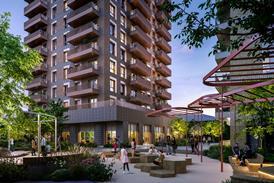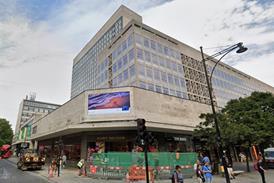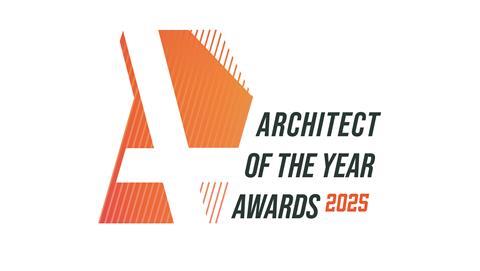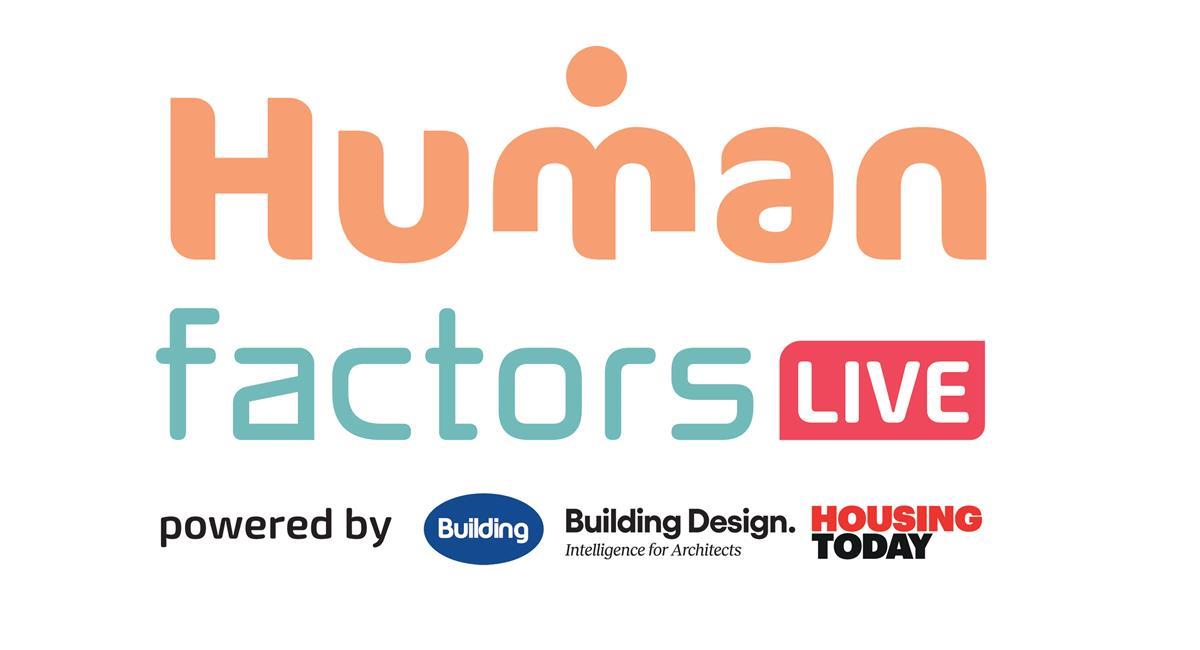As universities widen participation, Rosie Parnell explores how early engagement is opening new pathways into the built environment professions

The release of the Learning Connections report last week by Thornton Education Trust (TET) is a reminder that universities don’t only work with their own grown-up students, but also with children and young people. TET focuses its efforts on campaigning for and supporting young people’s built environment engagement – in whatever form that might take.
In the case of universities, TET points out what it calls the “mutual benefits” of this engagement work – on the one hand enriching learning experiences for university students and on the other offering opportunities for children and young people to extend their interactions with their built environment.
At one level universities are duty-bound to work with young people and their teachers to fulfil their obligations to meet widening participation targets. Small central teams dedicated to this outreach activity work in partnership with academics. But this is only part of the story.
The Learning Connections report focuses on identifying examples of children’s engagement in UK schools of architecture and built environment, categorising these examples into four types: live projects, programmes, workshops, and resources. Most likely to be optional, opportunities for students to work with young people nevertheless appear as a possibility at some point during many built environment related design courses.
Schools with longstanding live learning approaches, such as Birmingham school of architecture and design, or Sheffield school of architecture, have worked with a wide range of organisations keen to address the spatial needs and raise aspirations of young people. Birmingham’s interdisciplinary Co-Lab module, for example, has collaborated with children in building a forest school pavilion, growing garden ecologies in schools, and has run playing, making and building workshops to engage visitors as young as four years old. Similar examples can be found scattered across the UK and indeed around the world – many of which go undocumented outside of student portfolios.
>> Also read: The built environment belongs to everyone – so why are young voices so often excluded?
As research institutions, universities are also well placed to examine bigger questions surrounding children’s built environment engagement and education. This can lead to publications and resources, such as Teresa Strachan’s handbook, Engaging Children and Young People in Planning, which draws on her own engagement work when based at Newcastle University. The Learning Lab module in the same school of architecture, planning and landscape sees masters of architecture students carrying out participatory action research with children and teachers, centred on developing built environment education (BEE) in schools.
Looking beyond the UK, the community participation class at Misr International University in Cairo similarly offers students hands-on experience in working with children through participatory action research.
Universities also traditionally play a role in educating the educators. In a rare example in Poland, a collaboration between three institutions has resulted in Archikultura (architectural educator) – an interdisciplinary postgraduate programme for students from architecture, arts, humanities, pedagogy, museology, cultural studies, as well as municipal and city leaders of educational and urban planning. Finally, spanning continents, a global collaboration lies behind a new Massive Open Online Course (MOOC) on the theory and practice of BEE, targeting current and future BEE educators.
Like this MOOC, the TET Learning Connections report and forthcoming TET webinar aim to inspire and inform future engagement efforts. As the report argues, university students who encounter engagement activities in their education are more likely to incorporate this into their future practice. If universities seek a transformative role in shaping the built environment and its professions, then this web of collaborative activity in the campaign for children’s engagement with the built environment is an essential part of that process.
Postscript
On April 28th TET will host a webinar to discover how UK schools of architecture and the built environment are shaping future education and training through innovative young people engagement programmes. Tickets are available here.
Rosie Parnell is Professor of Architecture and Pedagogy at Newcastle University and a Thornton Education Trust Associate. Her co-authored book Built Environment Education for Children and Youth with Angela Million and Marta Brkovic explores BEE approaches and examples internationally and is due for publication with Routledge late 2025/early 2026.
















No comments yet